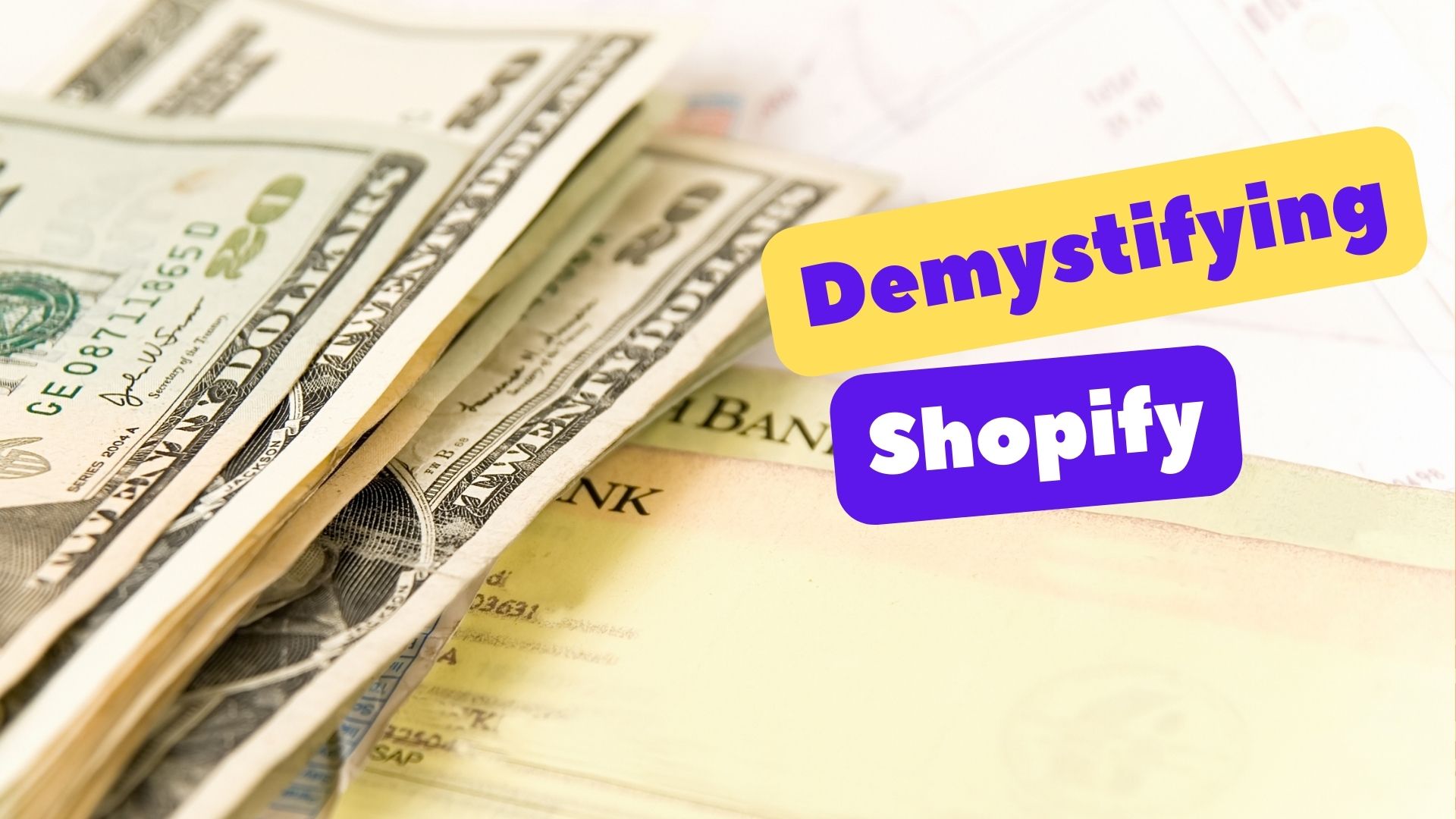Shopify is more expensive due to price hikes necessitated by investments in its versatile ecosystem of software-as-a-service (SaaS) products and features, making it an attractive investment with growth potential. Despite its advantages, some Shopify stores fail to attract customers and generate revenue due to various factors such as low traffic, unclear objectives, poor production quality, increased competition, or insufficient conversions.
Comparatively, Shopify is pricier than other website builders like Wix and WordPress because it is a fully hosted e-commerce platform specifically designed for online stores. Investors should consider Shopify’s growth potential and total addressable market before making a decision. While Shopify is moderately expensive, it is essential to budget accordingly.
Understanding Shopify Pricing
Shopify pricing can seem expensive compared to other platforms, but there are reasons for this. Let’s break it down:
Subscription Fees: Shopify offers different tiers of subscription plans, with varying features and services included. The higher-tier plans come with advanced features and tools to help businesses grow.
Additional Costs: While the subscription fees cover most of the essential features, there may be additional costs for add-ons, third-party apps, and themes to customize your store further. These costs can add up and impact your overall expenses.
Comparison with Other Platforms: Comparing Shopify’s pricing to other platforms like Wix and WordPress, it is important to remember that Shopify is specifically designed for online stores and offers comprehensive e-commerce functionalities. The higher pricing reflects the specialized nature of the platform.
In conclusion, while Shopify may seem expensive at first glance, it offers a robust and scalable e-commerce solution that can help businesses thrive online. By understanding the pricing structure and considering the value it provides, businesses can make an informed decision about whether Shopify is the right choice for their needs.
Factors Behind Shopify’s Pricing
Shopify’s pricing may seem expensive, but there are several factors behind it. Firstly, Shopify invests a significant amount in its infrastructure to ensure a reliable and high-performing platform for its users. This investment includes maintaining data centers, improving security measures, and providing excellent customer support.
Secondly, Shopify has built a versatile and sticky ecosystem of software-as-a-service (SaaS) products. This ecosystem offers a wide range of features and integrations, making it easy for merchants to customize their online stores and enhance their business operations. Merchants find value in this ecosystem, which is why they are willing to pay a premium for Shopify.
Lastly, Shopify has implemented price hikes to fund its investments in infrastructure and maintain its ecosystem. While price increases may not be well-received by everyone, the majority of existing merchants choose to remain with Shopify due to the platform’s reliability and the benefits it provides to their businesses.
Why Shopify Apps Can Be Expensive
The price of Shopify apps can vary widely based on the features and functionality they offer. Some apps are free, while others can cost hundreds or even thousands of dollars per month. Generally, apps that provide more advanced features and functionality tend to be more expensive.
Shopify apps with advanced functionality, such as inventory management, multi-channel selling, or customizations, require more development time and resources. This leads to higher costs for developers, which are passed on to the app users. These advanced features can significantly enhance a Shopify store’s capability and performance but come at a higher price.
Shopify apps that are more expensive often offer higher quality and better performance. These apps have dedicated development teams that consistently update and improve their functionality to ensure a seamless user experience. The higher price tag reflects the investment and effort put into creating and maintaining these top-tier apps.
Frequently Asked Questions On Why Is Shopify So Expensive
Why Is Shopify More Expensive Now?
Shopify is now more expensive due to price hikes made to fund investments in the company’s software-as-a-service (SaaS) products. Despite the increase, many existing merchants are likely to stay with Shopify, as it offers a versatile and sticky ecosystem. Shopify’s apps can also vary in price, with more advanced features generally costing more.
Nevertheless, Shopify’s fully hosted e-commerce platform is designed specifically for online stores.
Why Are Shopify Apps So Expensive?
Shopify apps can be expensive due to the varying features and functionalities they offer. Some are free, but others can cost hundreds or even thousands of dollars per month. More advanced apps tend to have higher prices.
Are Shopify Fees Worth It?
Yes, Shopify fees are worth it. They may be moderately expensive, but Shopify offers a fully hosted e-commerce platform specifically designed for online stores. With its versatile and sticky ecosystem of software-as-a-service products, it provides the necessary tools for successful online businesses.
Why Do So Many Shopify Stores Fail?
Many Shopify stores fail due to low traffic, unclear objectives, poor production quality, increased competition, or insufficient conversions.
Conclusion
While the price of Shopify may seem expensive compared to other website builders like Wix or WordPress, it is important to consider the value and benefits it provides for online stores. Shopify offers a fully hosted e-commerce platform specifically designed for online retailers, with a versatile ecosystem of software-as-a-service products.
The price hikes implemented by Shopify are aimed at funding investments and improving the platform’s functionality. Ultimately, the decision to invest in Shopify should be based on its potential for growth and its ability to cater to the specific needs of your business.

Francesca Tucker has emerged as a distinguished figure in the realm of venture capitalism, showcasing an unparalleled expertise in identifying and nurturing innovative enterprises. Armed with a comprehensive background in finance and strategic investment, Francesca Tucker has carved a niche for herself as a seasoned venture capitalist expert. Her career is marked by a keen ability to recognize promising startups and high-potential ventures, coupled with a strategic approach to investment that extends beyond mere financial backing. Francesca Tucker’s contributions to the venture capital landscape include not only successful investment portfolios but also a commitment to mentoring and guiding burgeoning entrepreneurs. With an astute understanding of market trends and an unwavering dedication to fostering growth, Francesca Tucker continues to be a driving force in shaping the landscape of venture capitalism, where her insights and discernment serve as invaluable assets to the broader entrepreneurial ecosystem.


